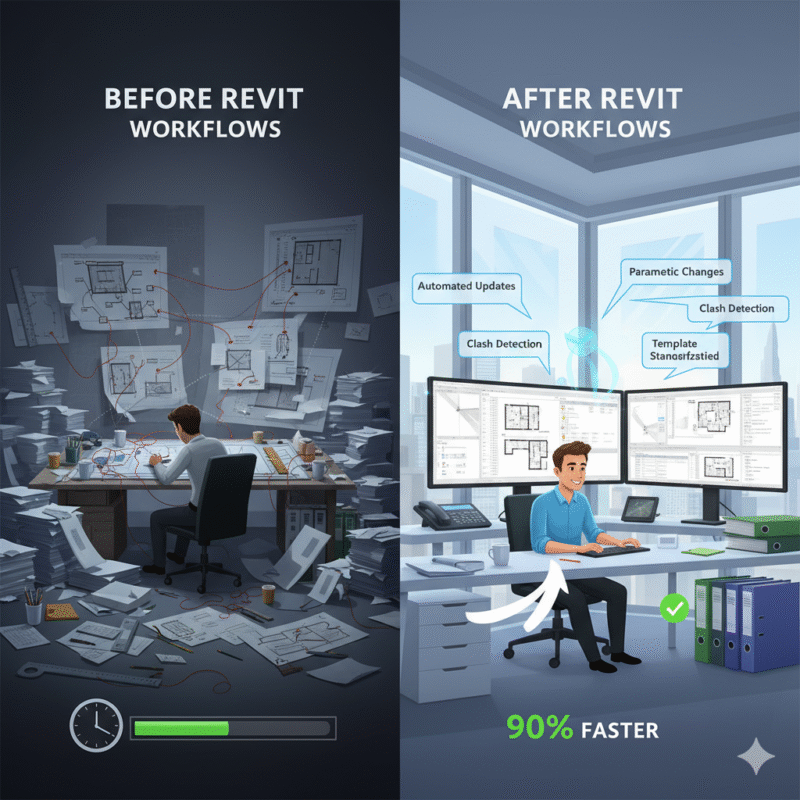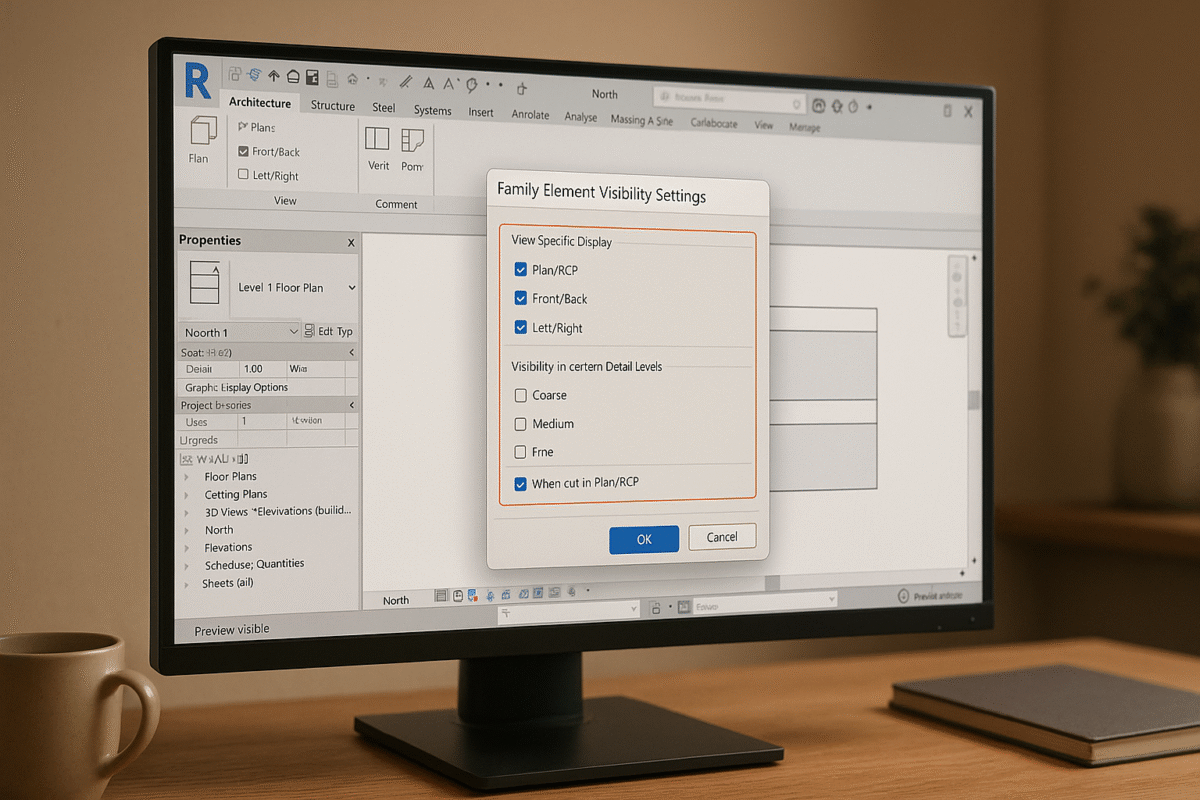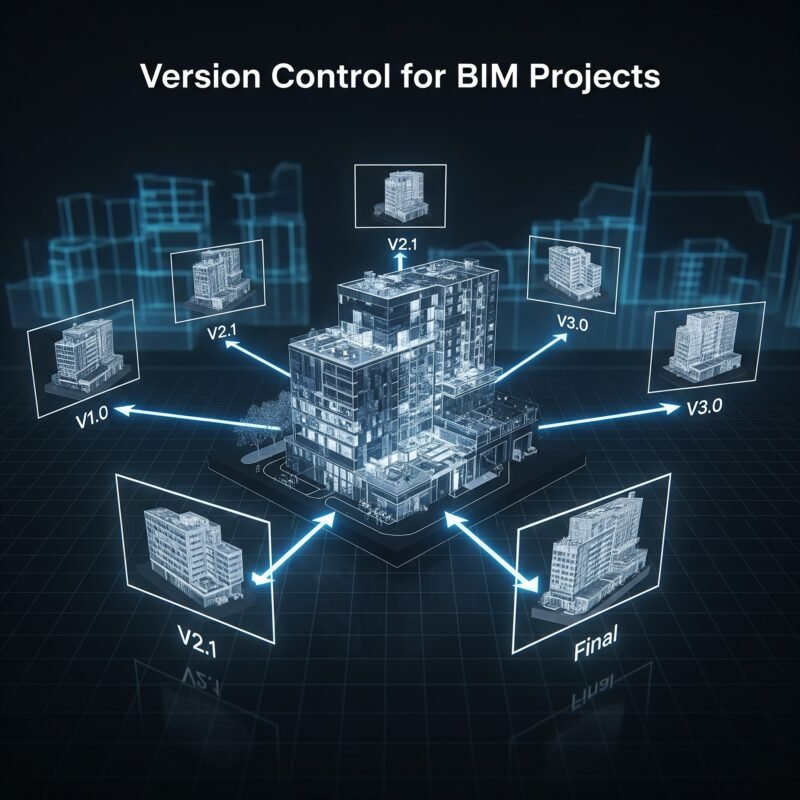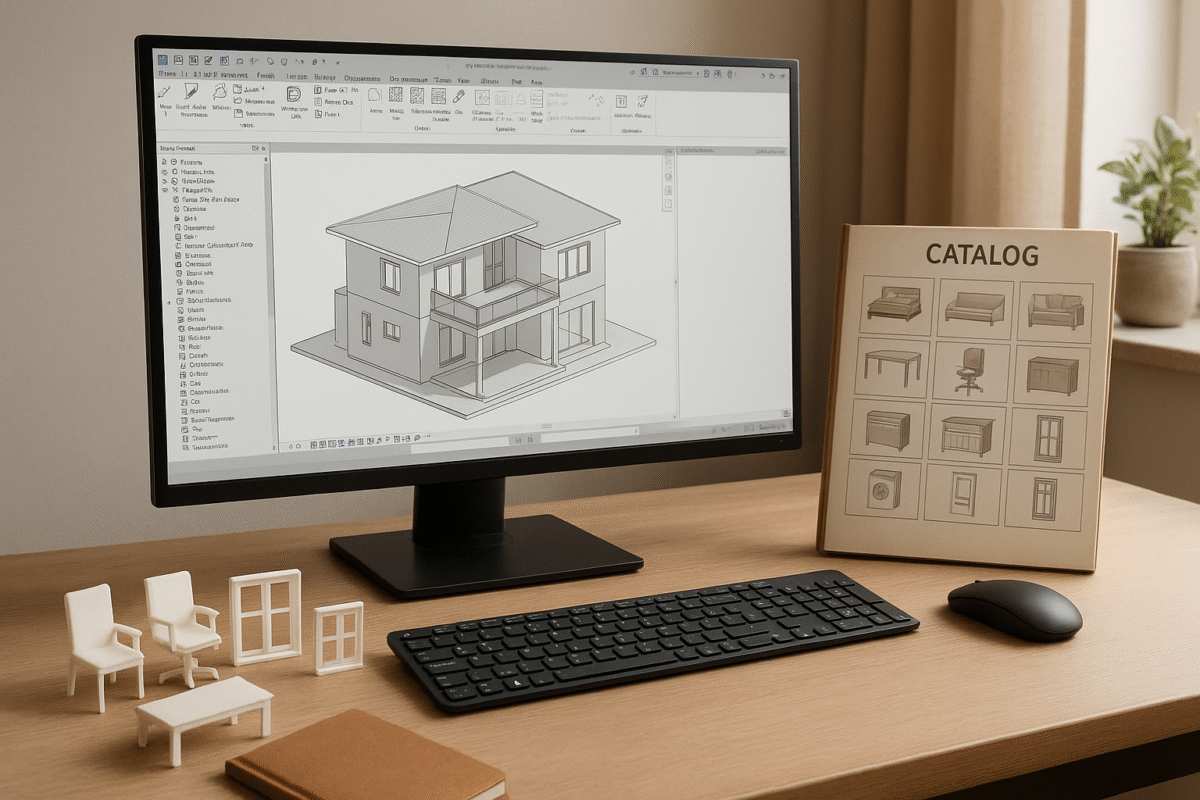Top 8 BIM Compliance Standards for 2025
5 Ways BIM Outsourcing Reduces Project Costs
BIM outsourcing can save construction firms up to 30% in costs while improving efficiency and reducing errors. Here’s how:
- Lower Software & Hardware Costs: Outsourcing eliminates expensive software licenses (e.g., Autodesk Revit costs $2,675/year per user) and high-end hardware needs.
- Reduced Training & Staffing Expenses: No need for ongoing training, certifications, or additional workspace costs, saving $14,000–$25,000 annually per employee.
- Faster Project Completion: Outsourced teams work 24/7 across time zones, cutting project timelines by 30-50% and saving on labor, financing, and material costs.
- Better Quality Control: Advanced clash detection prevents 90% of design conflicts, reducing rework and material waste.
- Efficient Resource Use: Higher workforce utilization (85-90%) and reduced office space needs lead to 30-50% cost savings.
BIM outsourcing helps firms focus on core tasks while cutting expenses and delivering better outcomes. For example, Skanska USA saved $1.2M by completing a hospital project six weeks early using outsourced BIM services.
6 Reasons Why You Should Outsource BIM Services
1. Lower Software and Hardware Costs
Outsourcing BIM can significantly reduce the need for costly software licenses and high-performance hardware. For example, Autodesk Revit, an industry standard, costs $2,675 per user annually. Other platforms, like Bentley MicroStation ($2,390/year) and Vectorworks Architect (starting at $3,045 plus maintenance), add up quickly for firms managing multiple users. These expenses can be a major burden, especially for growing teams.
The AIA study referenced earlier highlights that upfront hardware and software costs make up 40% of the average 30% savings firms experience through outsourcing. High-end workstations, essential for BIM, cost anywhere from $3,000 to $6,000 each. As firms expand, these costs scale rapidly with each new hire.
"Outsourcing BIM workflows allows us to focus on design innovation rather than IT overhead", says Mark Thompson, BIM Manager at Smith Architects.
Smith Architects in Boston reduced their annual BIM IT costs by 39% – from $180,000 to $110,000 – by partially outsourcing in 2022. This freed up funds to invest in client acquisition efforts. Such savings enable firms to channel resources into priorities like enhancing design capabilities.
Outsourcing providers often include enterprise software licenses and infrastructure as part of their service fees. This eliminates IT management hassles and typically reduces IT costs by 20-30% for small to medium-sized firms.
Here’s an example of how annual BIM technology costs compare for a 10-person team:
| Expense Category | In-House Cost | Outsourced Solution |
|---|---|---|
| Software Licenses | $26,750 | Included in service fee |
| Hardware Investment | $30,000-$60,000 | Basic workstations only |
| IT Infrastructure | $15,000-$20,000 | Minimal maintenance |
2. Reduced Training and Staffing Expenses
Outsourcing BIM services doesn’t just save on technology – it also cuts down on staffing costs significantly. According to an AIA study, outsourcing BIM can lower staffing expenses by 30-40% compared to building and maintaining an in-house team.
Why? Staffing costs go beyond just salaries. Industry data shows that keeping in-house BIM teams requires an additional $14,000-$25,000 per employee annually. This includes expenses like training, certifications, and workspace needs – costs that outsourcing partners handle instead.
For example, typical annual costs per employee include:
- Training: $2,000-$5,000
- Certifications: $1,500-$3,000
- Equipment: $5,000-$8,000
When you outsource, these expenses vanish. Plus, you gain instant access to certified BIM experts without needing to invest in costly training programs. This is especially helpful during project spikes, as outsourcing lets you scale resources up or down as needed.
Architectural firms also report a 20% drop in administrative overhead when outsourcing BIM. This is because most outsourcing packages include coordination and management services, freeing up internal project managers to concentrate on more critical business tasks rather than supervising BIM teams.
sbb-itb-0af4724
3. Faster Project Completion
BIM outsourcing not only reduces staffing costs but also speeds up project timelines through expert workflows and continuous productivity. Delays in construction often lead to higher budgets, so cutting project durations by 30-50% with BIM outsourcing can make a big difference.
Take Skanska USA’s $300M Virginia Hospital expansion in 2022 as an example. By using 24/7 BIM workflows, they finished the design six weeks ahead of schedule, saving $1.2M. These time gains also align with the 30% cost reduction mentioned earlier.
Here’s a breakdown of how faster project completion translates into cost savings:
| Cost Reduction Category | Typical Savings |
|---|---|
| Labor and Overhead | 20-25% combined reduction |
| Financing Costs | 3-5% savings on construction loans |
| Material Inflation Mitigation | 5-8% savings |
Outsourced teams bring specialized skills, completing modeling tasks 40% faster than less experienced in-house teams. Plus, by working across time zones, projects progress around the clock, turning them into 24-hour operations.
Better collaboration is another advantage. According to the National Institute of Standards and Technology, outsourcing BIM services can cut communication delays by up to 60%. For commercial projects, this means clients can start using their spaces – and generating revenue – sooner. Faster timelines also tie into reduced errors, which creates even more savings down the line.
4. Better Quality Control and Fewer Risks
BIM outsourcing not only speeds up project timelines but also improves financial outcomes by reducing risks. Stronger quality control measures help cut costs by minimizing rework and enhancing risk management strategies.
According to a 2024 Dodge Data & Analytics report, outsourced BIM teams resolve 90% of clashes before construction begins, avoiding delays and the costs that come with them. These proactive measures complement the time savings already achieved by addressing potential issues early.
Here’s a breakdown of how BIM outsourcing cuts costs through improved quality control:
| Risk Category | Cost Reduction Method | Typical Savings |
|---|---|---|
| Design Conflicts | Advanced Clash Detection | 15-20% fewer change orders |
| Material Waste | Precise Quantity Takeoffs | 10% savings on material costs |
| Regulatory Issues | Automated Compliance Checks | 80% faster compliance verification |
AI-powered clash detection tools further enhance these benefits, identifying up to 50% more issues compared to manual methods.
"Outsourcing BIM services allows us to tap into a pool of specialized expertise, significantly enhancing our quality control processes and reducing project risks", says Sarah Johnson, Director of Operations at Turner Construction.
Cloud-based collaboration tools also play a key role, cutting 40% of unbudgeted changes by enabling seamless, real-time communication. Additionally, outsourced teams stay up-to-date on building codes, catching violations during the design phase. This prevents costly mid-project corrections and avoids penalties, which average $150,000 according to 2024 AIA data.
5. Efficient Use of Resources
The overall impact of cost savings becomes most apparent in how resources are managed – this is where BIM outsourcing delivers its strongest financial edge. According to industry data, outsourced teams achieve 85-90% utilization, compared to 60-70% for in-house staff, thanks to global workforce distribution.
BIM outsourcing also transforms how firms allocate their budgets and expertise. The financial benefits are undeniable:
| Resource Area | Cost Savings |
|---|---|
| Software Licensing | 50% cost reduction |
| Office Space | 40% overhead savings |
| Workforce Scaling | 30% lower expenses |
These savings build on earlier advantages. For example, the 30% software savings mentioned in Section 1 directly contributes to the 50% licensing reductions here. Combine this with staffing cost reductions from Section 2 and the faster timelines discussed in Section 3, and the operational benefits grow even further.
"BIM outsourcing isn’t just about cost-cutting; it’s about strategic resource allocation that allows firms to focus on their core competencies while leveraging global expertise for specialized tasks", says Sarah Johnson, Director of Digital Construction at Autodesk.
Conclusion
BIM outsourcing has proven to deliver impressive cost savings and improve project quality. A great example is Skanska USA, which achieved a 12% cost reduction – saving $24 million – on its $200 million Boston commercial development. This was made possible through advanced clash detection and better scheduling.
The benefits of BIM outsourcing are clear when you look at the numbers. Key metrics highlight its impact:
| Impact Area | Measured Benefit |
|---|---|
| Project Timeline | 20% faster completion |
| Cost Estimation | 80% time savings |
| Resource Utilization | 25-30% improvement |
| Overall Project Costs | 5-12% reduction |
These results show how BIM outsourcing helps firms streamline their operations, cut costs, and improve resource use – all while maintaining high project standards.










